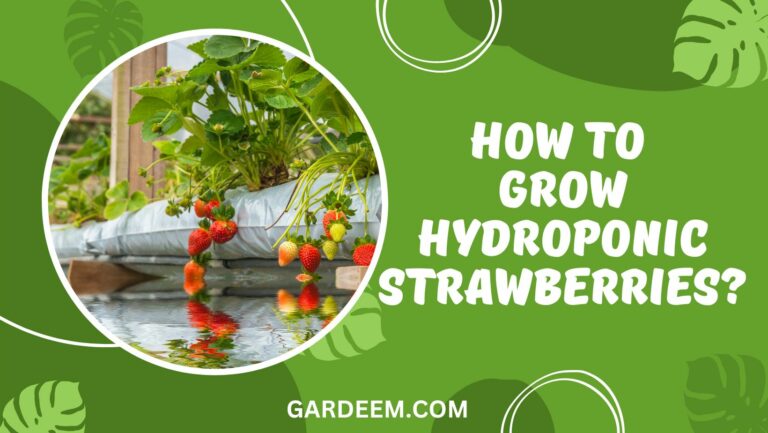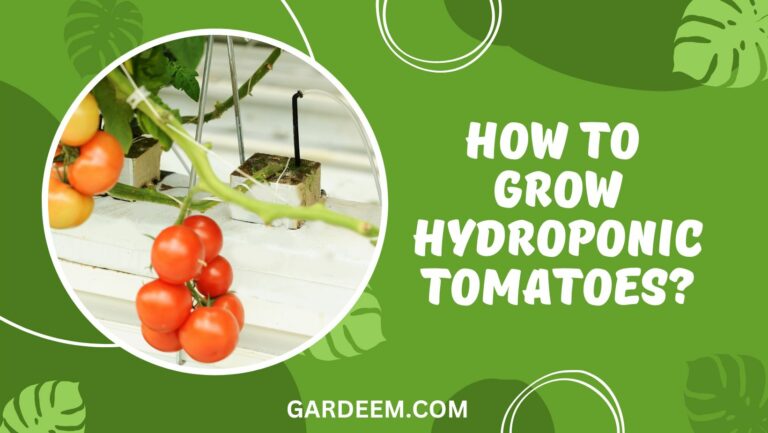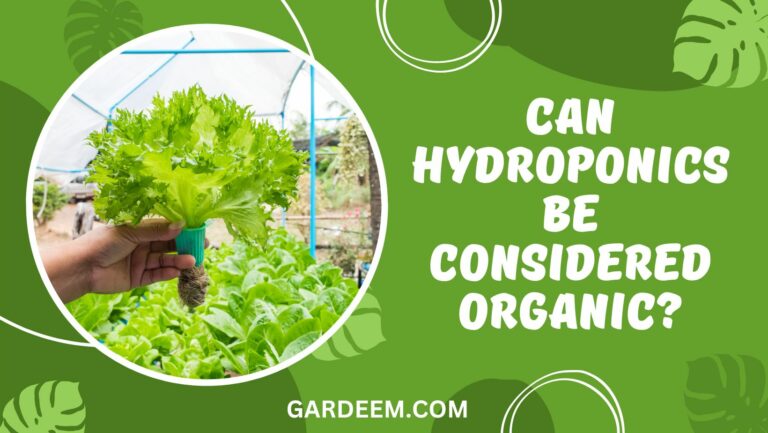
I’m a big fan of hydroponics, not just as a growing method but as a philosophy. I truly believe that it has the potential to reduce the amount of food poverty in the world and feed millions.
Year after year, hydroponic systems are gaining in popularity so the question we’re going to answer today is – where is hydroponics used today?
Let’s take a look

7 Countries Where is hydroponics used today
There’s no doubt about it, the hydroponics market is growing. Research firm Mordor Intelligence suggests that the market is set to grow by 8.48% over the next five years with Africa seen as the fastest growing geographic market.
While there is limited official data on hydroponic use by country, we’ve pulled together the table below from several sources.
1. The Netherlands
The Netherlands is renowned for its advanced agricultural practices, and it has been at the forefront of hydroponics adoption. The country’s expertise in horticulture has allowed it to develop sophisticated greenhouse systems and cutting-edge hydroponic technologies. Dutch growers have successfully implemented hydroponics for the cultivation of various crops, including tomatoes, cucumbers, lettuce, and herbs. The Netherlands’ commitment to sustainable agriculture and innovation has made it a global leader in hydroponics.
2. United States
The growth of the hydroponics market in the United States has been largely fuelled by the legalisation of cannabis.
Currently valued between $54.6B and $66.9B, cannabis is big business in the USA. With the cannabis market predicted to grow to $130.2B over the next few years, it’s no wonder why they are leading the way when it comes to hydroponics.
With both commercial and hobbyist grow setups booming in popularity, it’s easy to see why the market is so high in the US.
But it’s not just cannabis that’s driving the growth of the hydroponics market, the rise in homesteading and prepping is also seeing more and more families look for a sustainable way to start producing their own crops.
There are also a number of large commercial producers within the US including:
- Aerofarms
- Green Spirit Farms
- Gotham Greens
- Plenty
- Bright Farms
Who have all experienced tremendous growth over the past few years helping to drive the market value up even higher.
3. United Kingdom
While Cannabis is still illegal in the UK, they continue to see a rise in the overall value of their hydroponics industry thanks to a focus on becoming more self-sufficient in the wake of Brexit.
There are also several big projects underway within the country which is helping push the market value up.
Thanet Earth, one of the UK’s leading commercial hydroponic farms is currently producing around 400 million tomatoes, 30 million cucumbers and 24 million peppers each year.
Supermarket Ocado invested £17m in the sector in 2019, entering into a joint venture with 32ha, a US firm, and Priva Holdings in the Netherlands, known as Infinite Acres.
4. Japan
Japan has long been at the forefront of technology, in fact, thanks to their mass manufacturing of LED lighting systems, the country has really started to push ahead with hydroponics, particularly within commercial farms.
First introduced to Japan but the US Army, hydroponic farming is something that many Japanese farmers are very familiar with
5. Australia
Wherever there are water issues, there is the potential for hydroponic farming to flourish.
Agriculture currently accounts for 12% of Australia’s Gross Domestic Product (GDP), however, in recent years this has been threatened by heatwaves, drought and wildfires.
With this in mind, Australia has seen a real boom in the popularity of commercial hydroponic systems where conditions can be managed and regulated.
6. South Africa
Hydroponics is only just being adopted in Africa, with South Africa leading the way when it comes to hydroponic systems.
As with Australia, the water crisis is an issue across Africa with many countries now placing water restrictions on citizens.
In recent years, these restrictions have forced farmers to think outside the box and adapt new methods of growing.
7. India
While infrastructure will always be a limiting factor towards the growth of hydroponic adoption within a country, India has seen a real boom in the popularity of hydroponic systems.
With water scarcity and quality a real problem within the country, hydroponic and aeroponic systems have taken off due to their ability to recycle water.
With the population set to boom over the next five years, overtaking China to become the world’s more populous country, sustainable and scalable food production is going to be even more vital.
In fact, there’s been a real push that’s seen many villages start to establish their own hydroponic farms and gardens.
8. Israel
Israel, known for its agricultural innovation and expertise in desert farming, has embraced hydroponics as a means to overcome challenging environmental conditions. The country’s arid climate and limited water resources make hydroponics a particularly attractive option. Israeli growers have implemented hydroponic systems for a wide range of crops, including tomatoes, peppers, cucumbers, and herbs. The use of advanced irrigation techniques and precision nutrient management has led to impressive yields and resource efficiency
Other Countries
Hydroponics is also utilized in various other countries, including Spain, Mexico, China, Singapore, the United Arab Emirates, and many more. Its adoption continues to grow as growers seek to overcome land limitations, optimize resource utilization, and produce high-quality crops in controlled environments.
Conclusion
Hydroponics has become a global phenomenon, with countries around the world adopting this soilless farming technique to overcome agricultural challenges and maximize resource efficiency. From the Netherlands to the United States, Canada to Australia, hydroponics is transforming the way we grow food. As technology and knowledge in hydroponics continue to advance, more countries are likely to join the list of nations where hydroponics is widely used.

Hi, I’m Miles, the lead team member behind Gardeem.com. Besides being a passionate grower and writer, I’m a husband, father and grandfather to three! I started Gardeem in 2017 to provide simple and reliable gardening advice to everyone, regardless of their ability levels.






